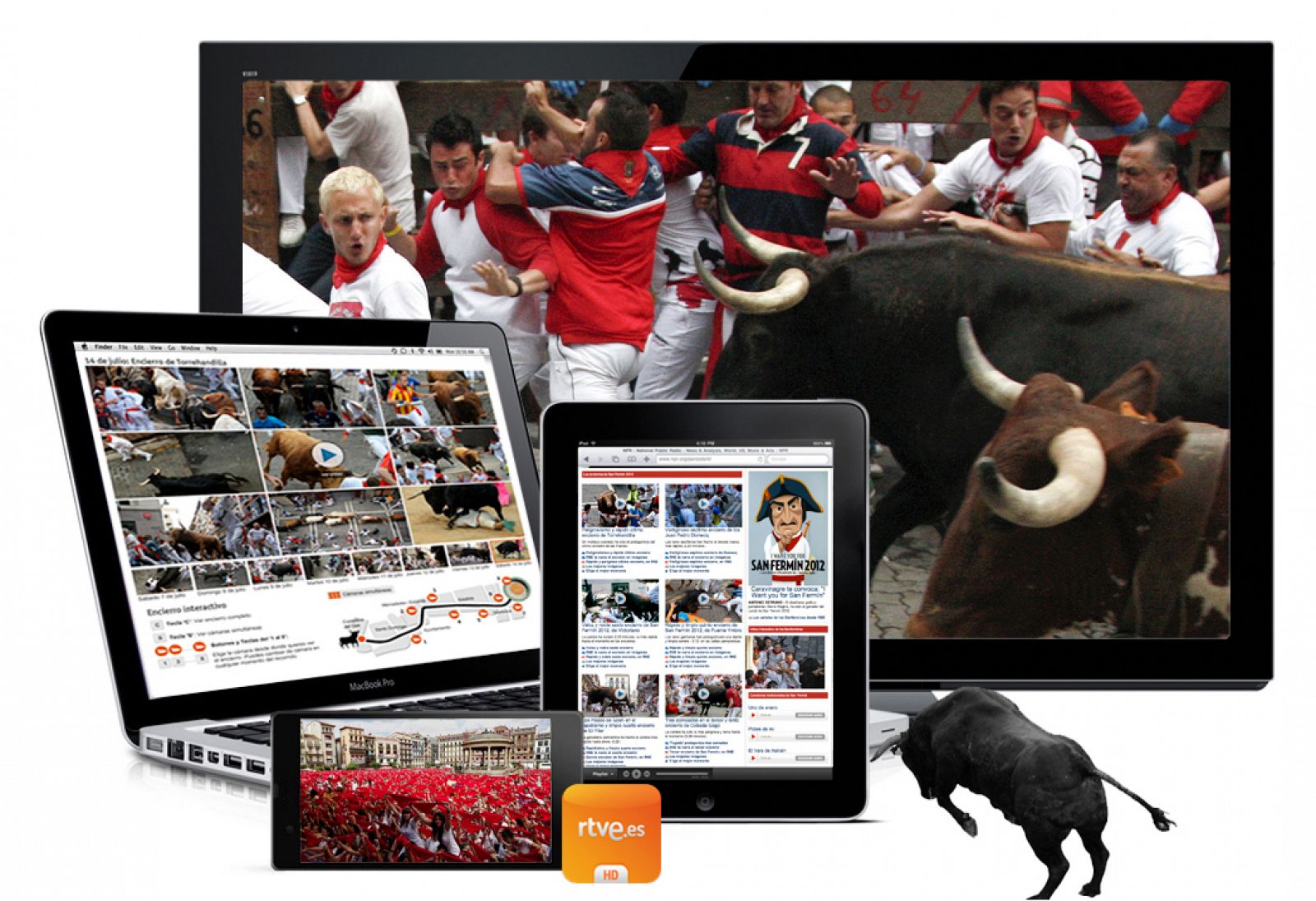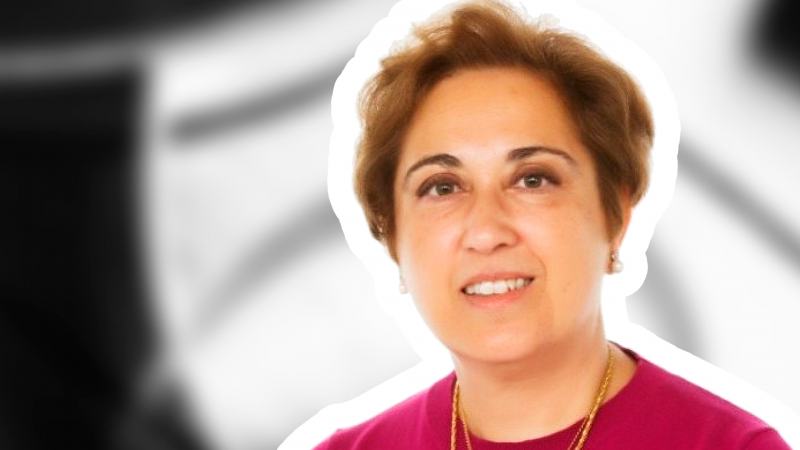Digital


RTVE.es was launched in May 2008 and soon became the leading audiovisual portal in Spain and a benchmark in the Hispanic world. The public radio and television website was created in 1997 with the aim of transferring the contents of the entire Corporation to the places where its followers could be found, as well as divulging the Orchestra and Choir and the RTVE Institute.
At that time, its most innovative area was the launch of the A La Carta service, which provided users with a large on-demand audio and video platform that has grown to become the largest professional audio and video broadcaster on the Internet in Spanish, with more than 300,000 pieces available.
The first major milestone after the launch of RTVE.es was the first ever broadcast of the Olympic Games over the Internet. The broadcasting of the Beijing Olympic Games in the summer of 2008 meant the breaking of a major barrier in the Internet field, where it had been forbidden to broadcast sporting events free of charge until then. This coverage gave way, in London 2012, to the first multimedia, multiscreen and social Olympic Games in history: up to 19 simultaneous signals in addition to those broadcast on television. That was the basis on which projects such as +24, or multi-camera reruns of specific events, were built: San Fermines, Goya Awards, Final of the Copa del Rey Football Cup, etc.
At the end of 2013, RTVE presented +TVE, an application for mobiles, tablets and computers that allows youto cut 30-second videos of the programmes broadcast by TVE in real time and share them on social networks, among other functions.
Filmoteca/NODO Project
This project, developed jointly by RTVE Digital and the Filmoteca Nacional, is an example of the distinctive projects based on the perspective of public service with a cultural character. In December 2012, the NODO website was published to provide the public with part of the audiovisual collections of the Filmoteca Nacional, with an initial catalogue of more than 4,000 videos, and a total duration of 700 hours. The multi-screen dimension also took the form of a website in this project, which was accessible through browsers, mobiles, tablets and video game consoles.
Content and services
Currently, RTVE's website has a home page where you can see at a glance the best news, television, sports and radio programmes. It also allows you to follow all the Corporation's television and radio channels live, with a new 'player' that accompanies you as you browse the page.
The news content is reinforced with its own website, which contains the main breaking news and the best videos and audios from the TVE and RNE news services, as well as the live signals offered exclusively by the +24 application.
TVE's Televisión portal is more visual and offers the best range of series and documentaries, in addition to other programmes. In addition, RTVE Digital offers extra content and exclusive online programmes associated with the main TVE programmes such as MasterChef and Águila Roja.
In turn, rtve.es/deportes offers up-to-the-minute sports information and is furthering its commitment to live multi-signal events with the broadcasting of the Baku Games, which will continue in the coming weeks with the Tour de France.
Radio Nacional's website is more visual and intuitive than ever, with live broadcasts of all stations available at a click of a button and all station podcasts updated instantly.
Clan and its multi-device offer
Children's content has always played a leading role in RTVE's programming. In 2009, a website was created with all TVE's children's programmes in order to offer a solid proposal that responded to the principles of safe browsing, entertainment and education for the youngest viewers.
The website has grown over time to include specific applications for mobiles, tablets and connected TVs, offering a large number of international children's series, including games and content for parents, in Spanish and English, with specific mobile phone applications.
Multiscreen strategy
In 2010, the RTVE website launched a multiscreen strategy to bring content to new devices including smartphones, video game consoles and connected TVs. With the arrival of the iPhone in Spain, RTVE is one of the first media to create an optimised website for the device. Since 2009, applications have continued to be adapted and improved, and have been launched for the main mobile platforms on the market, including iOS, Android, Windows, Nokia and Blackberry, as well as tablets.
The appearance on the market in 2009 of the first Internet-connectable television receivers and their continuous expansion warranted the need for international standards to facilitate broadcasters' presence in this new environment. The decision to support the HbbTV (Hybrid Broadcast-Broadband TV) standard by the European Broadcasting Union (EBU), of which RTVE is a founding member, led Medios Interactivos to launch a specific strategy for its implementation. Together with the rest of broadcasters, the industry and the Public Administration, it worked on the development of the first version of the standard for the Spanish market, which was officially published in September 2012.
In July 2011, RTVE became the first national broadcaster to launch a pilot test that led to the introduction of the RTVE A La Carta service for HbbTV compatible TV sets in December 2011. This was followed by the version of Clan for the same type of receivers and since September 2013, the RTVE.es Botón Rojo environment has offered a range of interactive services based on the HbbTV standard, which now broadcasts more than 90,000 hours of programmes, series and documentaries along with information, sports and the best of Clan. In parallel, work continues on offering connected TV applications on the portals of the main Smart TV manufacturers (Samsung, LG, Sony, Panasonic, Philips), platforms such as ONO's TIVO and the Xbox 360, One and Play Station 3 consoles.
RTVE's website has won numerous international awards in recent years for its developments, applications and coverage. These include the Rose D' Or, the Iris Award from the Television Academy, FesTVal de Vitoria, Malofiej, Lovie Awards, best website for the Association of Internet Users in Latin America, the first Spain Digital Media Award and the Internet Award for the best media website, among others.








